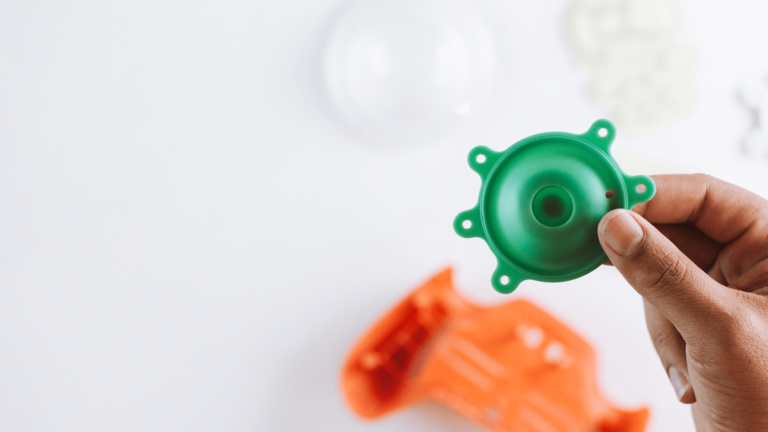
In addition to all the teardowns, I had the privilege of being involved in some of the content Fictiv made about creating things. While a lot of the thoughts I put into these webinars and articles came from experience managing a steady stream of parts at Fictiv, they also gave me an opportunity to apply some of the manufacturing knowledge I had from outside of work.
Part one of Fictiv's DFM masterclass was based on all of the parts I had seen with features that were machinable, but clearly didn't serve any functional purpose. My goal was to convey to engineers that, just because a feature can be made, that doesn't mean it's necessary or economical to make it.
This article was written in response to a lot of the common design mistakes, unclear drawings, and bad practices I had seen engineers make over several years of managing CNC machining projects.
As part of launching the DFM masterclass, we did a webinar related to each part of the series. For this webinar, I talked through some real world examples and applications of simplifying parts to improve manufacturability with the head of mechanical engineering at Synapse.
This webinar was just discussing how to solve the age old problem of building a robot that can punch other robots.

When our in house urethane casting expert was out sick, I stepped in as the backup host for a webinar on urethane casting. I figured 15 years of learning about urethane casting for making replicas and props would be enough to get through an hour of content, and I ended up being right.
For this webinar, we discussed some of the broader points of implementing and optimizing robots for manufacturing automation at a variety of scales.




